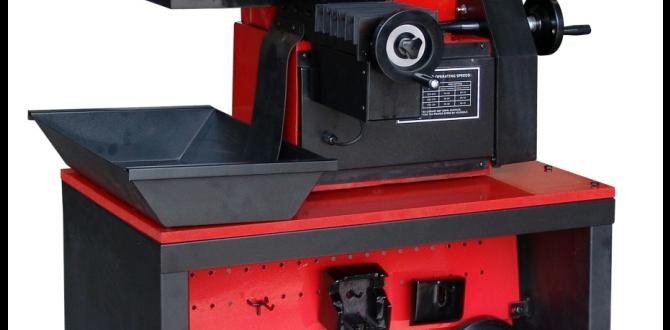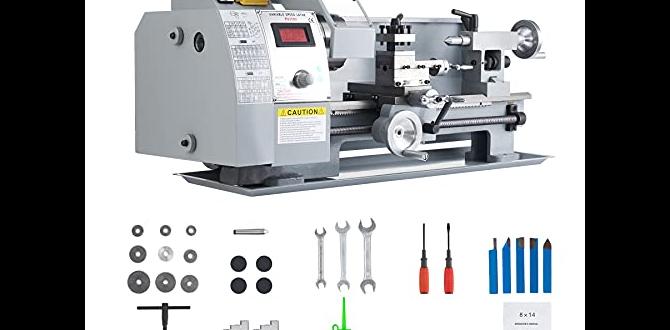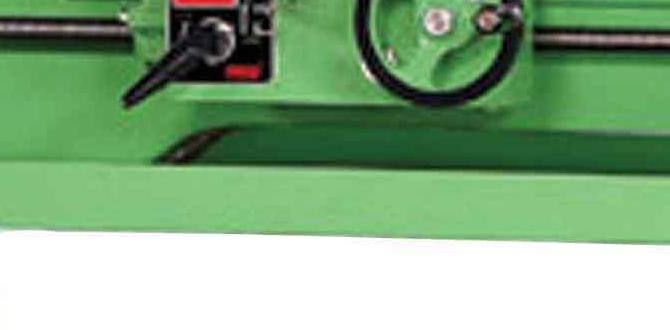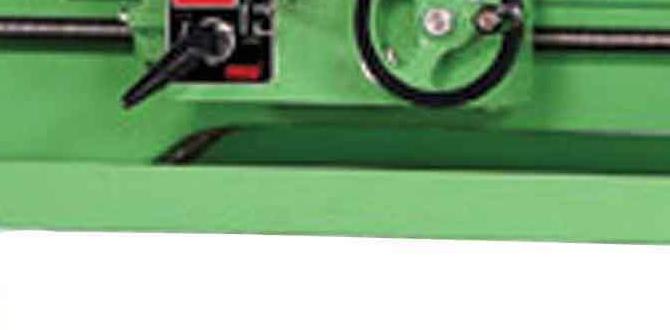Wood Lathe Drive Center Alignment truly is the cornerstone of successful woodturning, directly impacting the precision and safety of your projects. This seemingly simple component, often overlooked by novices, plays a crucial role in how your workpiece engages with the lathe’s power. Improper alignment can lead to vibrations, chatter, unstable cuts, and even dangerous workpiece ejection. Achieving perfect alignment, therefore, isn’t just about aesthetics; it’s about empowering your turning experience.
At its core, the drive center is the part of the lathe that grips one end of your woodstock, transferring the rotational force from the headstock to the workpiece. It’s designed to create a secure, albeit slightly off-center, connection that allows for the turning process. Think of it as the anchor that allows the entire operation to spin smoothly and predictably. Without this initial secure grip and precise positioning, your beautifully envisioned bowl or intricate spindle could quickly turn into a spiraling disaster.
Understanding the Purpose of the Drive Center
Before diving into alignment, it’s essential to understand why a drive center exists. Unlike faceplates or chucks that offer a more centralized and robust grip, drive centers are specifically designed for spindle turning – those projects that are longer than they are wide. They typically feature a point or set of prongs that dig into the end grain of the wood. This method, known as “between-the-centers” turning, is ideal for items like table legs, chair spindles, and decorative accents. The inherent slight imbalance of this setup, amplified by wood density variations, makes proper alignment with the lathe’s axis paramount.
Factors Influencing Wood Lathe Drive Center Alignment
Several factors can influence the alignment of your wood lathe drive center. The most common culprits include:
Lathe Bed Flatness: A warped or uneven lathe bed can subtly shift the tailstock, leading to misalignment between the drive center and the dead center (located on the tailstock).
Tailstock Position: The tailstock’s alignment with the headstock is critical. If the tailstock is not perfectly parallel to the lathe’s bed axis, the drive center and dead center will not be in direct opposition.
Drive Center Condition: A damaged or bent drive center can cause imbalances and affect how it grips the wood.
Workpiece Preparation: The end grain of the workpiece needs to be cut flat and square to ensure a consistent seating for the drive center.
Drive Center Type: Different types of drive centers (e.g., spur drive, cup drive, multi-prong) have slightly different engagement methods and tolerances.
Achieving Perfect Wood Lathe Drive Center Alignment
The process of achieving perfect wood lathe drive center alignment typically involves a systematic approach:
1. Initial Setup and Check: Before mounting any wood, ensure your lathe bed is clean and any debris is removed. Place your drive center into the headstock spindle and the opposing dead center into the tailstock quill. Ensure both are firmly secured.
2. Tailstock Alignment Test: This is a crucial step. There are several methods, but a common one involves using a simple piece of metal rod, a pencil, or even a dowel.
The Rod Method: Insert a straight metal rod into the headstock spindle, extending it towards the tailstock. Position the dead center so that the rod lightly touches its tip. Now, loosen the tailstock clamp and slide it towards the headstock as far as it will go. This should reposition the dead center. If the rod now has a gap between it and the dead center’s tip, or if it is digging in, your tailstock is likely not aligned. You’ll need to adjust the tailstock by slightly loosening its clamp and nudging it until the rod consistently touches the dead center tip at both the fully extended and retracted positions.
The Paper/String Method: For a less precise but often sufficient check, extend the dead center so it’s close to the headstock. Use a thin piece of paper or a taut string to measure the gap between the string/paper and the headstock spindle. Then, extend the tailstock. Repeat the measurement. Consistent measurements indicate good alignment.
3. Workpiece Preparation: When preparing your woodstock, ensure that the ends are cut perpendicular to the length of the blank. This ensures the drive center will seat squarely. A bandsaw is ideal for this.
4. Mounting the Workpiece:
Spur Drives: For spur drive centers (those with prongs), position the wood so that at least two prongs can dig firmly into the end grain. The drive center should be snugly fitted into the headstock. Use a mallet to gently tap the wood at the tailstock end to seat the drive center firmly. Avoid overtightening the tailstock, which can compress the wood and make removal difficult.
Cup Drives: Cup drive centers have a recessed area that the end of the wood sits within. Ensure the wood’s end is flat and sits evenly within the cup.
5. Live vs. Dead Centers: For long or heavy workpieces, using a live center on the tailstock thread is often recommended. A live center rotates with the workpiece, reducing friction and heat buildup, which can also contribute to alignment issues if not managed.
Troubleshooting Common Alignment Issues
Vibrations and Chatter: These are the most common symptoms of poor alignment. Recheck your tailstock alignment and ensure your workpiece is securely mounted.
Difficulty Mounting Workpiece: If the wood seems to bind or is difficult to seat onto the drive center, it could indicate the centers are not properly aligned or the tailstock is too far out of line.
Workpiece Ejection: This is the most dangerous outcome of misalignment. It signifies a complete failure of the drive center to grip adequately. Stop immediately and re-evaluate your alignment and mounting procedure.
By consistently paying attention to these details and performing regular checks, you can ensure your wood lathe drive center alignment is always optimal. This foundational practice will not only lead to cleaner, more accurate cuts but also significantly contribute to your safety and enjoyment as a woodturner. It’s a small component, but its impact on your turning journey is undeniably vast.





